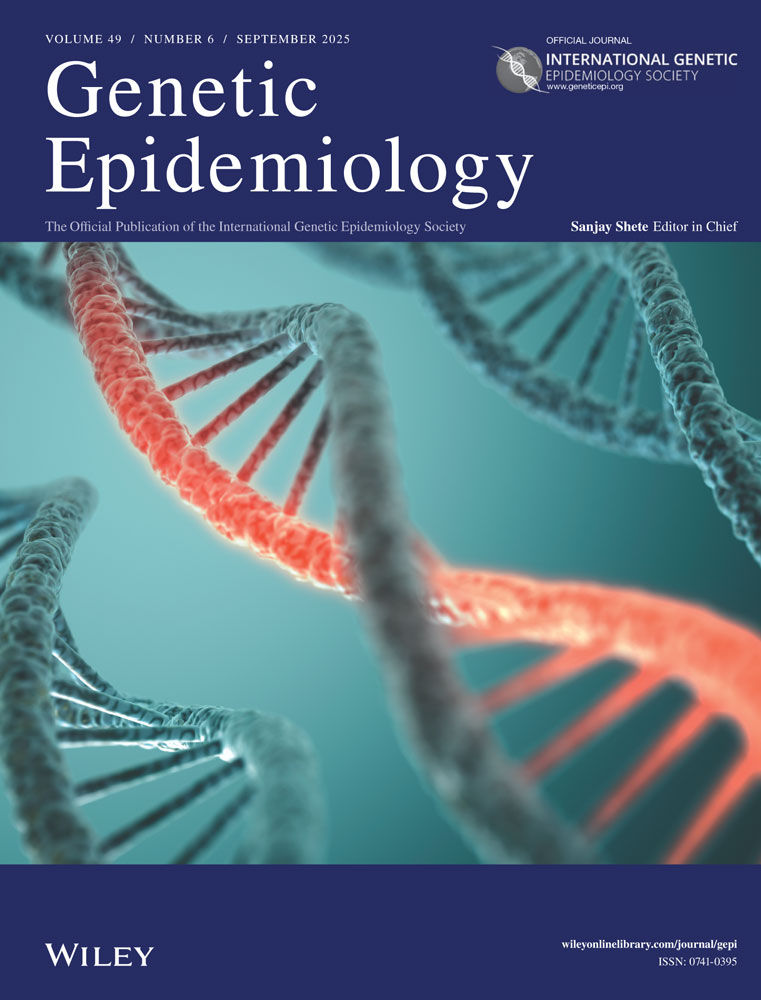Using information from both parents when testing for association between marker and disease loci
Abstract
Several extensions of the transmission/disequilibrium test (TDT) to multi-allelic markers now exist. In some of these, however, separate tests must be performed on male and female parents because of the non-independence of parental transmission patterns, reducing power, and complicating interpretation of the test results. Here we show that this non-independence is asymptotically irrelevant when using the allelic TDT of Bickeböller and Clerget-Darpoux [(1995) Genet Epidemiol 12:577–582], allowing the analysis of data from both parents simultaneously. Genet. Epidemiol. 15:193–200,1998. © 1998 Wiley-Liss, Inc.




